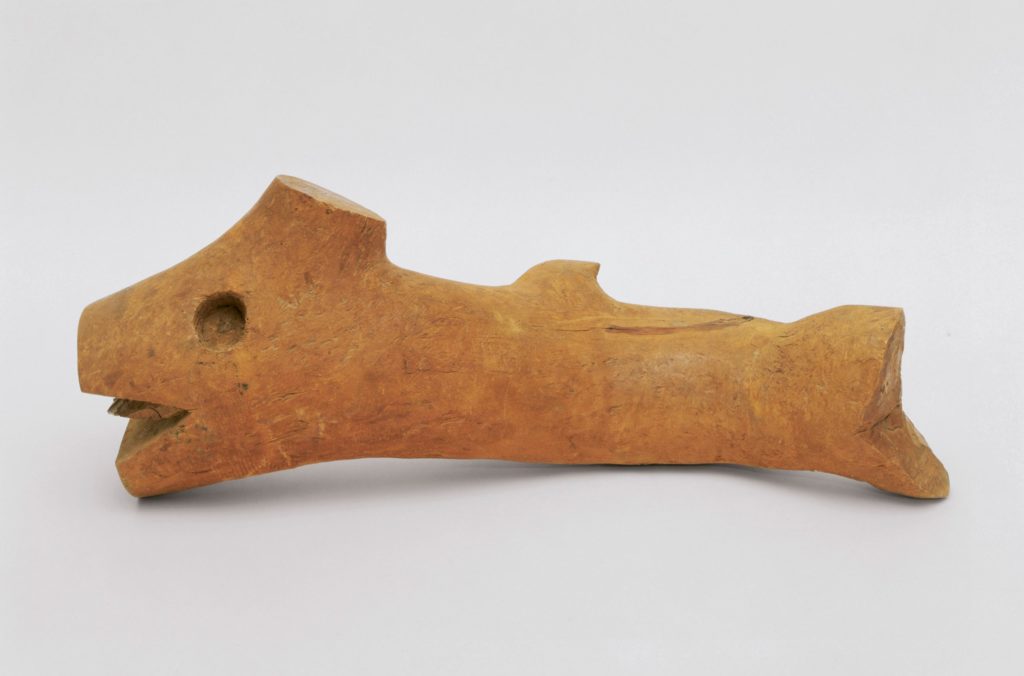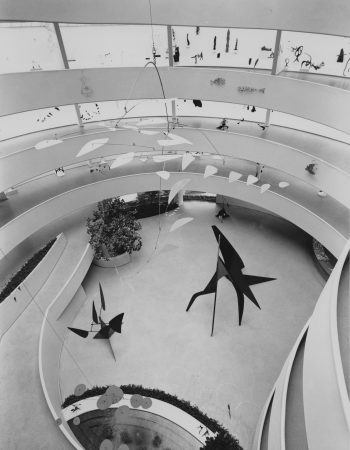


The Museum of Modern Art, New York. Alexander Calder: Sculptures and Constructions. 29 September 1943–16 January 1944.
Solo ExhibitionNew Gallery, Charles Hayden Memorial Library, Massachusetts Institute of Technology, Cambridge. Calder. 5 December 1950–14 January 1951.
Solo ExhibitionMuseu de Arte Moderna, São Paulo, Brazil. II Bienal do Museu de Arte Moderna de São Paulo. 15 December 1953–28 February 1954.
Group ExhibitionArts Council of Great Britain, Tate Gallery, London. Alexander Calder: Sculpture–Mobiles. 4 July–12 August 1962.
Solo ExhibitionSolomon R. Guggenheim Museum, New York. Alexander Calder: A Retrospective Exhibition. 6 November 1964–31 January 1965.
Solo ExhibitionWhitney Museum of American Art, New York. Calder’s Universe. 14 October 1976–6 February 1977.
Solo ExhibitionFondation Beyeler, Riehen/Basel. Alexander Calder & Fischli/Weiss. 29 May–4 September 2016.
Group ExhibitionThe Museum of Modern Art, New York. Alexander Calder: Modern from the Start. 14 March 2021–15 January 2022.
Solo ExhibitionSoon after moving to Paris in 1926, Calder created his Cirque Calder. Made of wire and a spectrum of found materials, the Cirque was a work of performance art that gained Calder an introduction to the Parisian avant-garde. He continued to explore his invention of wire sculpture, whereby he “drew” with wire in three dimensions the portraits of friends, animals, circus themes, and personalities of the day.